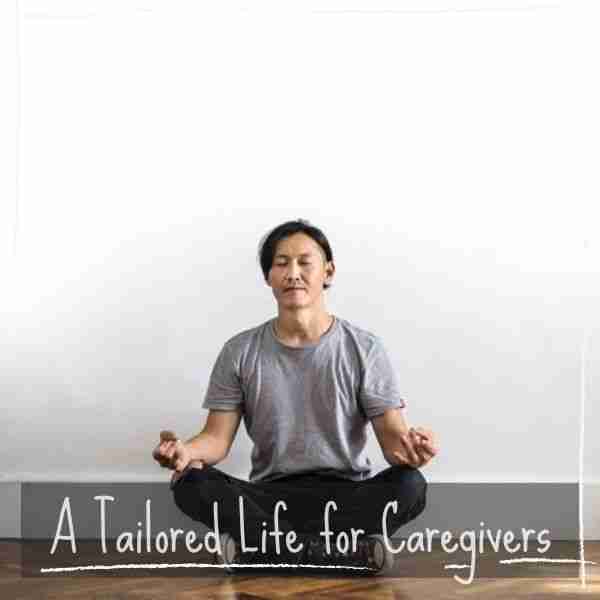Crying is a way to purge emotionally and offload stress.
Many people don’t permit themselves the natural release of shedding tears and letting go of sadness, sorrow, or pain. Crying is a way to purge emotionally and offload stress.
If you are in a delicate emotional state, learning to cry can be one of the most healing things you can do for yourself as you move through and past the feelings that hold you hostage from really living.
Why cry?

From the time we are born, we know how to cry. A newborn baby instinctively cries to communicate the need for sustenance, comfort, nourishment, and security. Of course, we grow into humans who are able to nourish our bodies on our own. We also learn how to regulate our emotional responses. We aren’t like the impulsive toddlers we once were, emotionally reacting to the extreme, crying real tears over every little thing.
But yet we still have the ability to cry.
Crying is the Body’s Inner Cleansing Mechanism
Do you indulge yourself in the great relief of shedding tears? It is often just what we need to help us get through our day. Having a good cry can prevent us from blowing up at someone else. Crying releases stress lowers cortisol and helps us clear our emotions.
Why You Shouldn’t Hold It in
If we hold in how we feel for too long, it can make us sick and affect our health in the long run. Did you realize that not crying can shorten your life? Holding in stress is one of the worst things we can do to our already overburdened bodies. It’s entirely possible that denying yourself this necessary emotional purge could be doing just that.
If you are truly wanting to let go of old emotional wounds, then re-learn how to cry. You don’t have to break down in sobs in the middle of your work day. But when you’re in private, either at home by yourself or someplace where no one will bother you, can be a perfectly good time and place to purge your body of sadness and trapped emotions with the release that takes place during a good, cleansing cry.
What Happens if You Do Hold It in
If we don’t let go of our sadness, we hold that explosive tension inside and it builds up over time. The bad feelings become like a tightly coiled spring that, despite our best effort to deny, is there under the surface. Holding our emotions inside of us can change the way we respond to other people, even if we don’t think we are behaving any differently than we normally would. Do unshed tears carry the potential to unleash rage at an unexpected and undesired time, to the wrong people who don’t deserve such a punishment? They could be. Better to let go of those emotions than become angry and hostile inside.
If you have been keeping a tight lid clamped down on your feelings for years or even decades, this may have impacted your entire personality. This includes the general energy you give off. Unvented emotions can color the reactions you have to what’s happening around you, and of course, the ways that you relate with others and govern your life.
How to cry
Think of something sad. Let the unpleasant emotions rise up into your chest from your belly. The pain will rise further if you give it release. Tears come up into the throat, so if you feel a tightening of the throat as a result of having sad or sorrowful thoughts, this is your body resisting. Just let it come.
Breathe through the pain. We hold our breath when we fight back tears, and we let our breath out when we cry. When we breathe into crying, we release water from the inside of our bodies to have it emerge from our eyes. What an amazing, self-cleansing process that likely very few give any thought to. Why would a painful feeling inside of our hearts manifest as water coming out of our eyes? The science of crying is something that can surely be investigated. For now, give yourself that blissful rush of letting go of your painful emotions in the form of a burst of tears.
Sob if you need to. Sometimes crying consumes us to the point that we gasp and quake as the emotions and tension drain from our bodies. “Ugly crying,” is what some have affectionately referred to this as. When your face scrunches up and turns red, and those tears pour down your cheeks while your chest heaves up and down releasing that trapped emotion, is the most cleansing kind of cry one can experience. Although… a steady trickle of flowing tears can also feel like a great burden has been lifted from your soul once your crying session is complete.
Cry on purpose. Give yourself the gift of a crying session. You may wonder at how you have spent the majority of your adult life doing things to prevent yourself from breaking down in tears. Some help to bring on the waterworks if you need it:
Look at old pictures. You might be missing a loved one, longing to relive a near-forgotten experience, or reminiscing special memories. Remember that these emotions are healthy and natural. Go with it. Let the tears flow.
Listen to music that moves you. It could be a song from your past, like your wedding song that may bring you sorrow if you are divorced or suffering in a painful or loveless relationship. Maybe it’s music that you enjoyed as a child, or during a more carefree time of your life – perhaps your young adult years.
Cry virtually. Visit YouTube, and check the comments of your favorite emotional songs. You’ll find people from all over the world delivering a boost of music therapy to their souls, permitting themselves the emotional balm of lingering in a mood that comes from a song, and surrendering to the highs and lows that come with this experience. Perhaps, they too, have shed tears.
It’s your party, and you can cry if you want to.
It’s really okay. Yes… it’s really okay to cry.
Next: The Magic of Yoga: Transform Tension with Breath and Movement | Previous: Turn Pain into Insight with Journaling: The Power of Pen and Paper



Leave a Reply